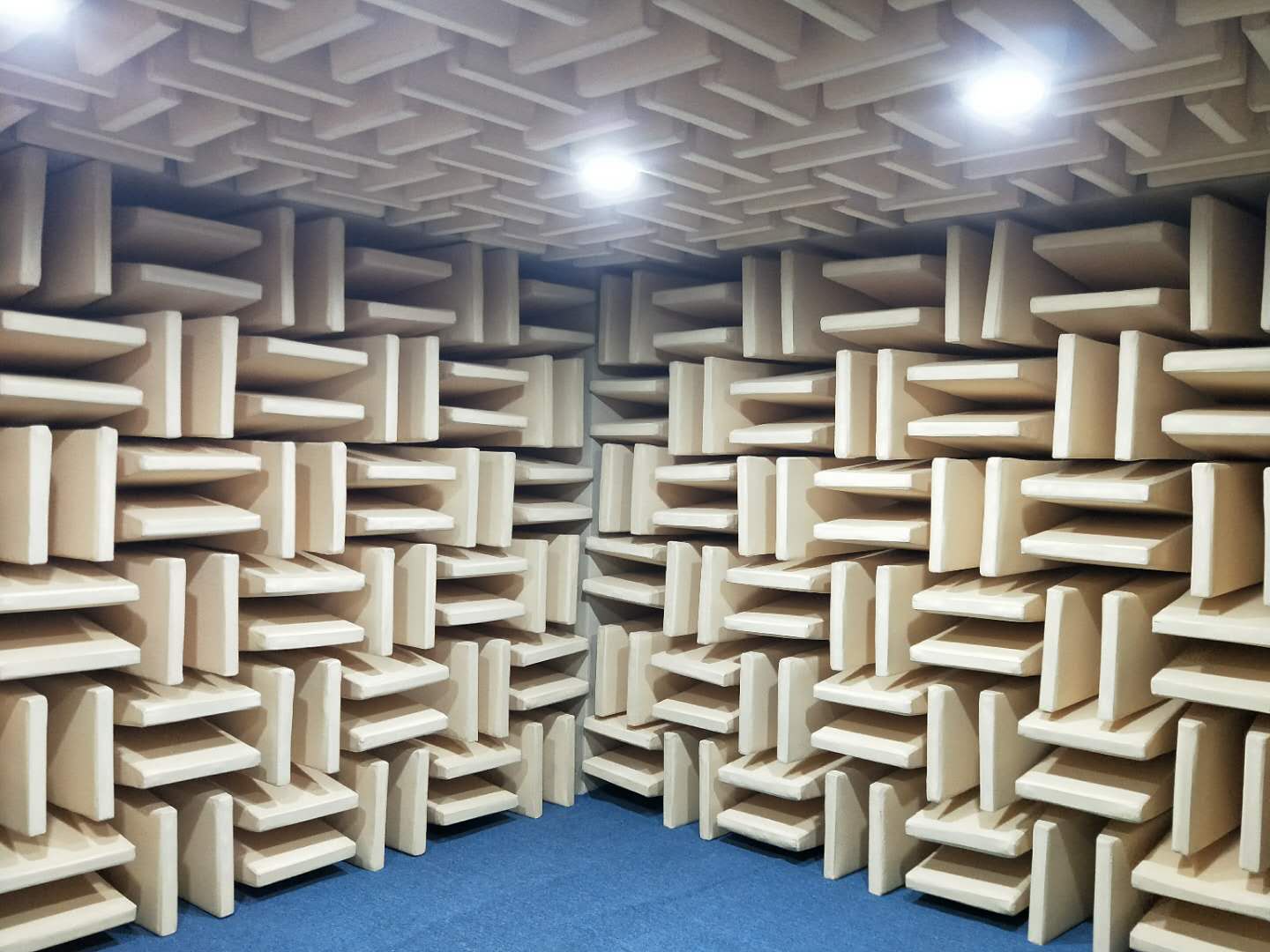Anechoic Chamber Wall Thickness: How It Affects Noise Control Effectiveness
An anechoic chamber is a specialized environment used to test and evaluate acoustic performance, and its interior should have extremely high sound insulation. The thickness of the wall is one of the key factors affecting the sound insulation effect of the anechoic chamber.
The relationship between the thickness of the anechoic chamber wall and the sound insulation effect
The thickness of the anechoic chamber wall directly affects its sound insulation effect. Generally speaking, as the thickness of the wall increases, the sound insulation effect will increase accordingly. This is because the thicker the wall, the longer it takes for sound waves to propagate in the wall, and the more obvious the energy attenuation becomes. However, wall thickness is not the only factor that determines sound insulation; factors such as the density and quality of the material and the way it is constructed also need to be considered.
Effect of anechoic chamber wall thickness on background noise
The noise floor is the level of noise that can be measured in an anechoic room without external sound sources. The impact of wall thickness on background noise is mainly reflected in the following two aspects:
1. Air flow noise: The thicker the wall, the smaller the noise generated by the air flowing inside the wall. This is because thicker walls can effectively reduce the air flow rate and vibration, thereby reducing air flow noise.
2. Structure-conducted noise: The thicker the wall, the smaller the structure-conducted noise. This is because the increased thickness of the wall can reduce the speed of structural vibration propagation, thereby reducing the propagation of noise.
How to choose the appropriate wall thickness for an anechoic chamber?
In practical applications, choosing the appropriate thickness of the anechoic chamber wall requires comprehensive consideration of the following factors:
1. Sound insulation requirements: Determine the thickness of the wall according to the purpose of use and sound insulation requirements of the anechoic room. For example, for general laboratories and testing sites, thinner walls can be selected; while for high-demand acoustic laboratories, thicker walls may be required.
2. Material selection: The sound insulation performance and thickness of different materials have different effects on their sound insulation effect. When selecting the thickness of the wall, the performance of the selected material should be considered comprehensively.
3. Cost budget: As the thickness of the wall increases, the cost will also increase accordingly. On the premise of meeting the sound insulation requirements, the cost budget should be considered to select the appropriate wall thickness.
4. Construction conditions and feasibility: The selection of wall thickness also needs to consider the conditions of the construction site, such as space, structure and construction period. Excessively thick walls may increase construction difficulty and cost, and even affect the layout of other facilities.
The thickness of the anechoic chamber wall is an important factor affecting the sound insulation effect. Commonly used sound insulation and sound-absorbing wall thicknesses are 250mm, 300mm, 350mm, 400mm, etc. In practical applications, the appropriate wall thickness should be comprehensively selected based on various factors such as purpose of use, sound insulation requirements, material performance, cost budget, and construction conditions. At the same time, it is also important to note that wall thickness is not the only factor that affects sound insulation. Other factors such as material quality and construction method are also important. Through reasonable selection and design, an anechoic chamber that meets the needs can be created to provide an accurate and reliable environment for acoustic testing and evaluation.

